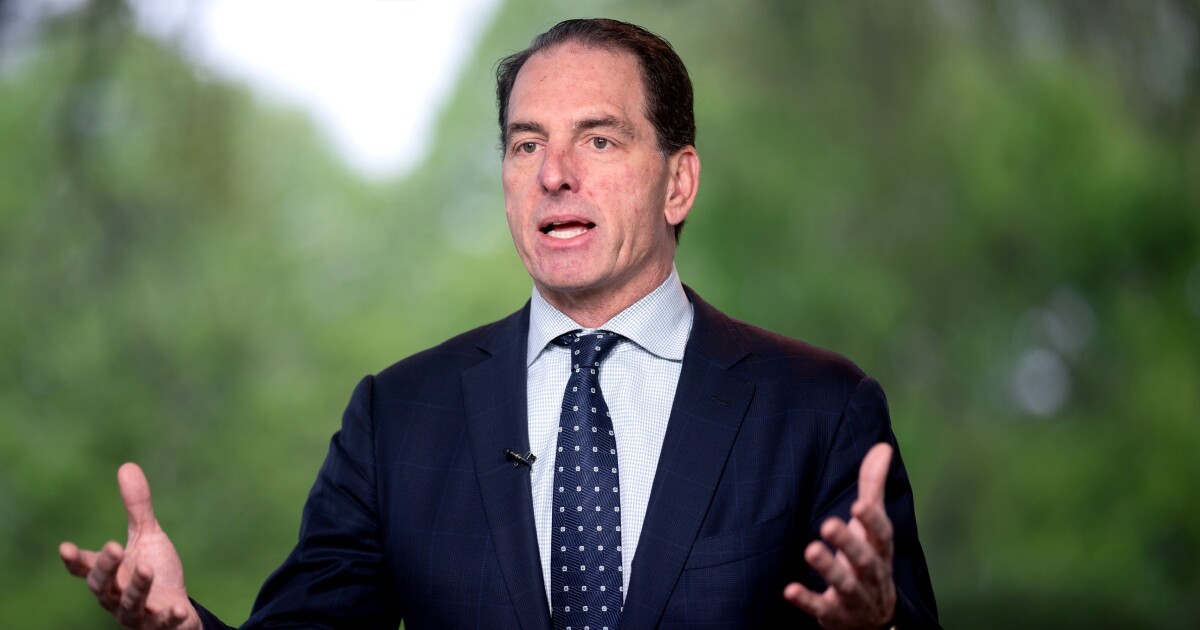Every day, executives receive spreadsheets filled with cash flow reports and income statements, but without context, these numbers remain meaningless, a squandered opportunity to guide strategy.
In this era of big data, advanced analytics, artificial intelligence, and instant communication, the opportunity — and, more and more, the duty — of the modern accountant is to transform these numbers into a story everyone understands.
At its core, “accounting” has often been equated with “bean counting” — the meticulous recording of transactions and preparation of financial statements according to established rules. However, the modern corporate world requires more than just compliance and precision. Stakeholders long for understanding. They must understand the significance of the numbers in addition to their numerical values. The pressing question is: “So what?” How do these numbers translate into better capital allocation, faster crisis pivots, and more strategic investments?
Without a skilled storyteller, accounting analytics’ ability to identify possibilities, predict trends and highlight subtle patterns is lost in spreadsheets. The most proficient accountants are able to “speak data” with the same ease as they can in the business language. Spreadsheets and ratios aren’t their only tool; they utilize them to create engaging stories that inform strategic decisions.
This change is particularly pertinent for the upcoming generation of accountants joining the industry. Corporations want individuals who can connect the dots and put those figures into context for executives, boards, investors and even frontline employees. They are not just looking for somebody who can crunch numbers. When used well, this storytelling method is a competitive advantage rather than merely an extra talent. Fostering these analytical and narrative skills can make our talent pool more flexible and creative in a world where the U.S. must continuously improve worker preparedness to maintain economic competitiveness.
Although there is an obvious need for this expertise, our educational system is still lagging behind. Teaching the fundamentals of GAAP, tax codes and auditing standards continues to be a major emphasis of the accounting program. Of course, these foundations are crucial. However, mastering them by themselves is no longer sufficient. Higher education must incorporate courses that instruct students in the proper interpretation, visualization and communication of financial data. Tools like Tableau, Power BI or code-based analysis platforms should be as familiar to future accountants as ledgers once were. This is a strategic investment in the nation’s economic health, not merely a question of freshening up curricula.
Educators can incorporate data visualization and accounting analytics into their accounting classes. In addition to asking, “How does this reconcile?” we might encourage students to question, “Why?” and “What does this mean?” This change won’t necessitate doing away with the old frameworks; rather, it will offer a new dimension by giving students the tools they need to come to insightful conclusions and communicate them effectively.
Accurately recording transactions and creating an income statement may be the main focus of traditional accounting education. Yet, what if the accountant could go one step further and, say, locate a hidden logistical cost increase as the product line grows, utilizing analytics and visualization tools? The accountant may clearly convey the following narrative when storytelling is added: “Our record sales are masking escalating shipping costs.” We can regain excellent profits if we simplify our product offers and renegotiate contracts. That is the type of story that gives confidence to the decision-making process and guides strategic choices.
Furthermore, transparency and trust are promoted via a compelling financial narrative. The capacity to properly explain what’s going on behind the scenes is crucial at a time when the public is worried about corporate accountability, intricate financial engineering and the opaque nature of some business operations. Some argue that accountants should focus on the numbers and let leadership handle the narrative, but this misses the point: Data-informed storytelling is an extension of the role of accountants to convey accurate, ethically sound information. Accountants assist the public and decision-makers in understanding the true situation when they present data in a truthful and morally sound manner. This degree of transparency not only helps us make better decisions but also enhances our markets’ reputation, which is essential to their long-term viability.
Ultimately, the “so what?” question boils down to measurable results: improved resource allocation, timely risk management and more effective strategic pivots. Let’s get past the old views in order to prepare the upcoming generation of accountants. Future accountants should be as proficient in performing variance analyses as they are in explaining them to non-experts, and they should be as at ease using data visualization software as they were with general ledgers. Numbers don’t just add up — they speak volumes in a world where global competition, rapid technological advances and more public scrutiny have transformed the landscape.
Now is the time for higher education and corporate leaders to include storytelling, data visualization and analytics into the core accounting curriculum. We prepare tomorrow’s professionals to simplify complexity, create trust and deliver better outcomes for businesses and society. It’s not about discarding away the “nuts and bolts”; it’s about using them to create a story that resonates in boardrooms, classrooms and beyond.


 Personal Finance1 week ago
Personal Finance1 week ago
 Accounting1 week ago
Accounting1 week ago
 Personal Finance1 week ago
Personal Finance1 week ago
 Personal Finance1 week ago
Personal Finance1 week ago
 Personal Finance1 week ago
Personal Finance1 week ago
 Economics1 week ago
Economics1 week ago
 Economics1 week ago
Economics1 week ago
 Finance1 week ago
Finance1 week ago











